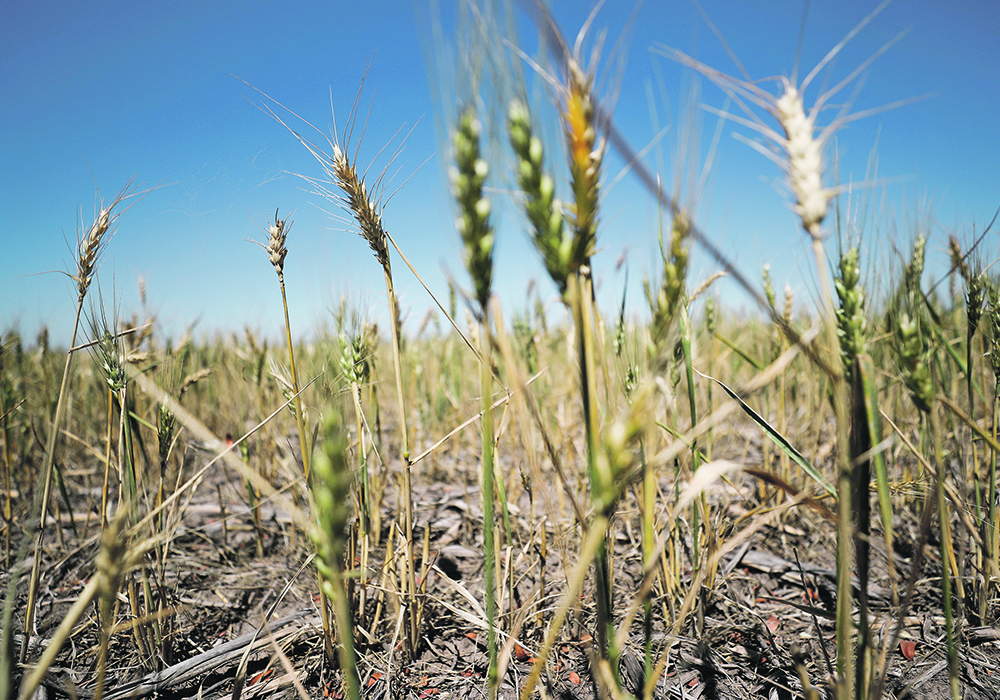A Canadian analyst thinks the market is ‘shrugging off’ threats to crops in South America, the United States and Ukraine
Two grain market factors are weighing on Bruce Burnett’s mind as the calendar flips to 2023.
The first is Argentina’s drought.
“It has certainly impacted the wheat crop dramatically, but now it’s wandering into the corn and soybean growing season,” he said.
The country received a much-needed shot of rain at the end of December, but the core corn and soybean regions only received about 13 millimetres of moisture.
“By the time we get to the end of the month, there will be some significant damage done,” said Burnett.
Read Also

Working groups established to address challenges in the containerized and bulk movement of commodities
CN is working with the pulse and special crops sector on resolving challenges in shipping those commodities.
“It has already delayed their planting and emergence, so they’ve got frost risk now in some areas.”
The last four months of 2022 were the driest in 35 years, with rainfall 44 percent below normal, according to the Soybean & Corn Advisor.
Time is running out, with 72 percent of soybeans and 63 percent of corn in the ground.
The publication believes soybean plantings could fall by as much as 1.24 million acres year-on-year if it stays dry through the middle of January.
Twenty-eight percent of Argentina’s corn and soybean crops were rated poor or very poor as of the end of December.
Soil moisture was rated 44 percent short or very short for soybeans and 36 percent for corn.
“Yield potentials for both corn and soybeans are declining each day without rain, but if the weather improves going forward, it will benefit the late-planted crops that still have the entire growing season ahead,” said the Soybean & Corn Advisor.
Burnett thinks Argentina could lose 10 to 15 million tonnes of soybean production, which is a big reason why March futures recently eclipsed the US$15 per bushel mark.
Argentina’s potential loss would offset some of the massive increase anticipated in Brazil.
The U.S. Department of Agriculture is forecasting 152 million tonnes of soybean production in that country, up from 127 million tonnes last year.
The other burning issue in crop markets is that the wheat market appears to be “very oversold,” said Burnett.
He feels it is way too complacent about waning global crop production prospects for next year.
The U.S. recently published the January crop condition ratings for its winter wheat crop, and they were either the same or worse as the Nov. 29 report for every state with the exception of Colorado.
“The crop hasn’t improved at all,” he said.
On the other side of the world, the Ukraine Agrarian Council is forecasting a 30 percent drop in winter wheat area in that country.
“Last year, at least they had it planted before the missiles started to fly, but this year it’s not the case,” said Burnett.
On top of that, there are concerns about the lack of fertilizer, manpower and other crop inputs.
“It’s much more difficult to produce a crop in a war zone,” he said.
The Rosario Grain Exchange is forecasting 11.5 million tonnes of wheat production in Argentina, half of last year’s crop.
“It feels weird for me to see the wheat market not respond to these factors,” said Burnett.
The market appears to be shrugging off all the problems until March rolls around.
Contact sean.pratt@producer.com
















